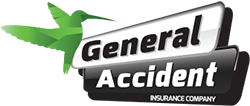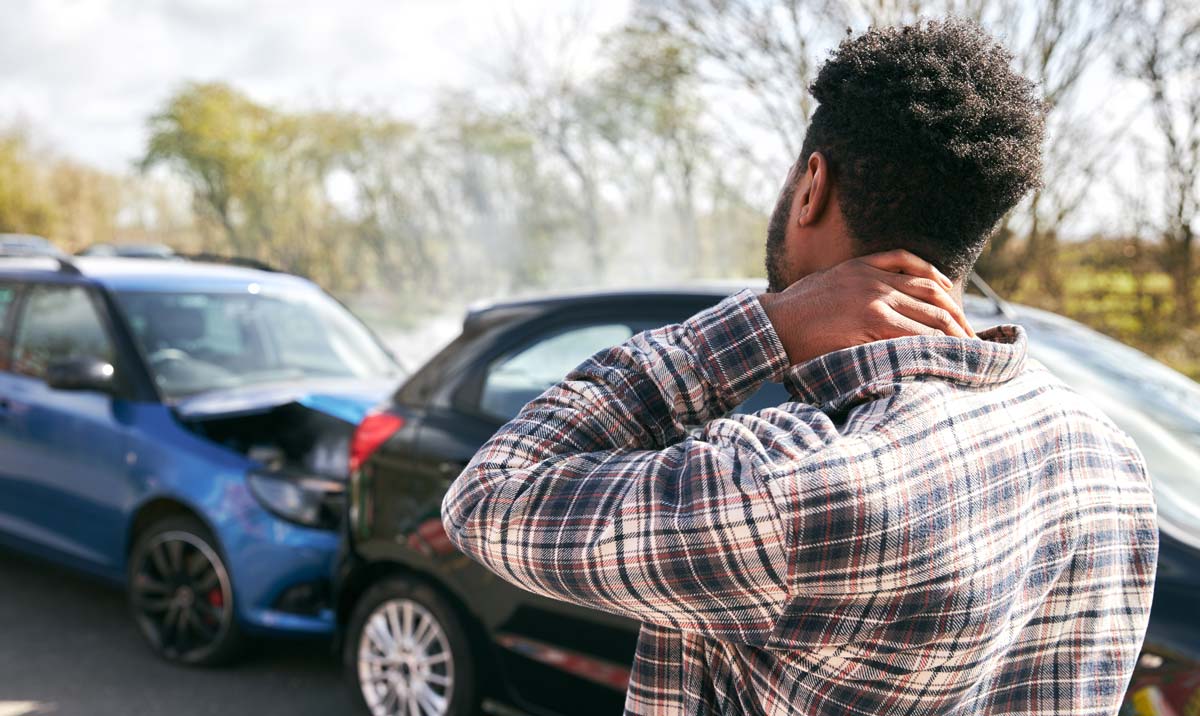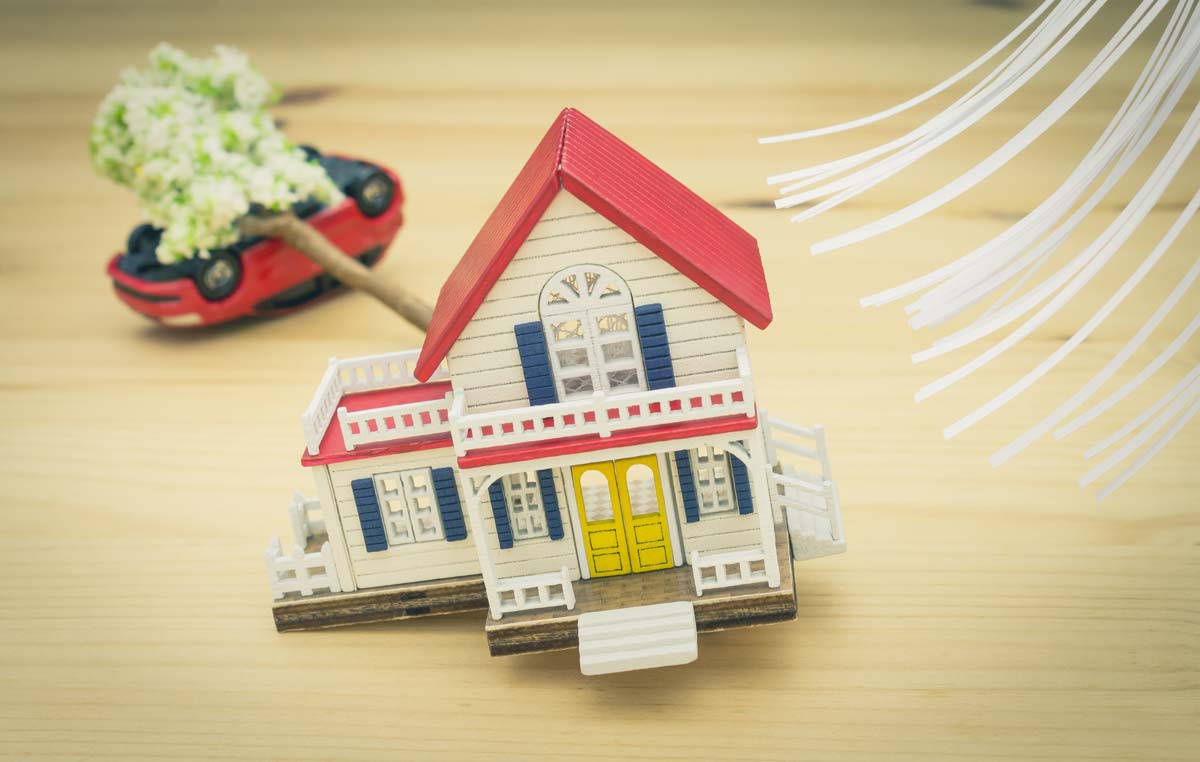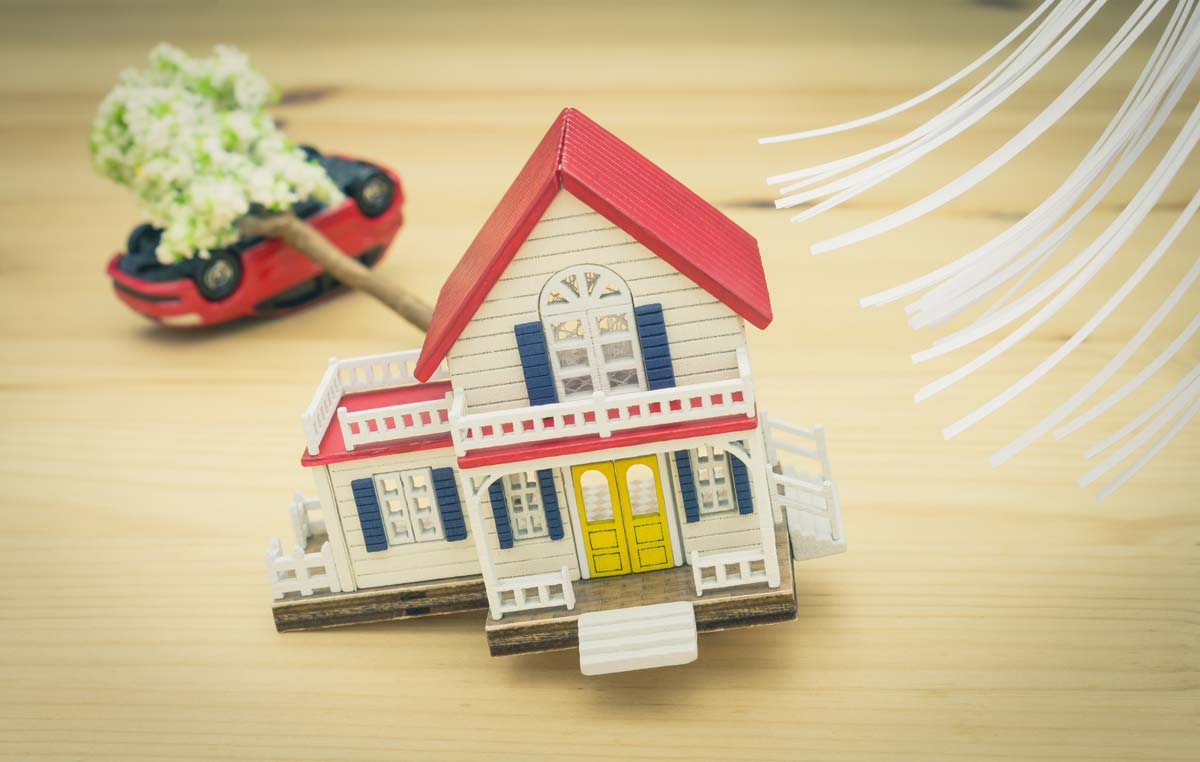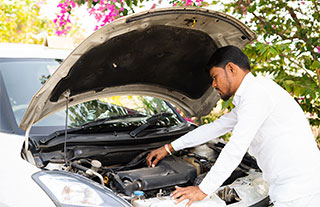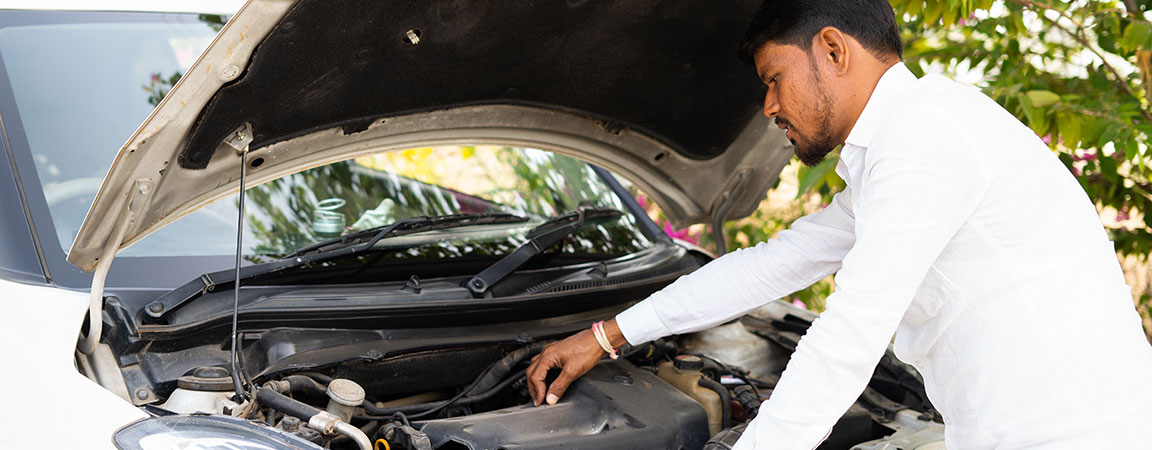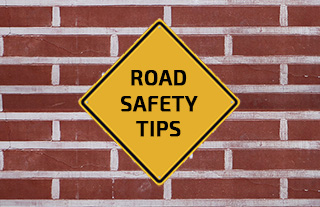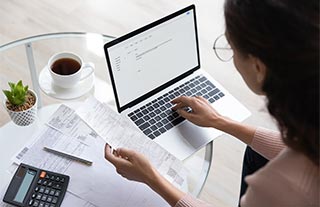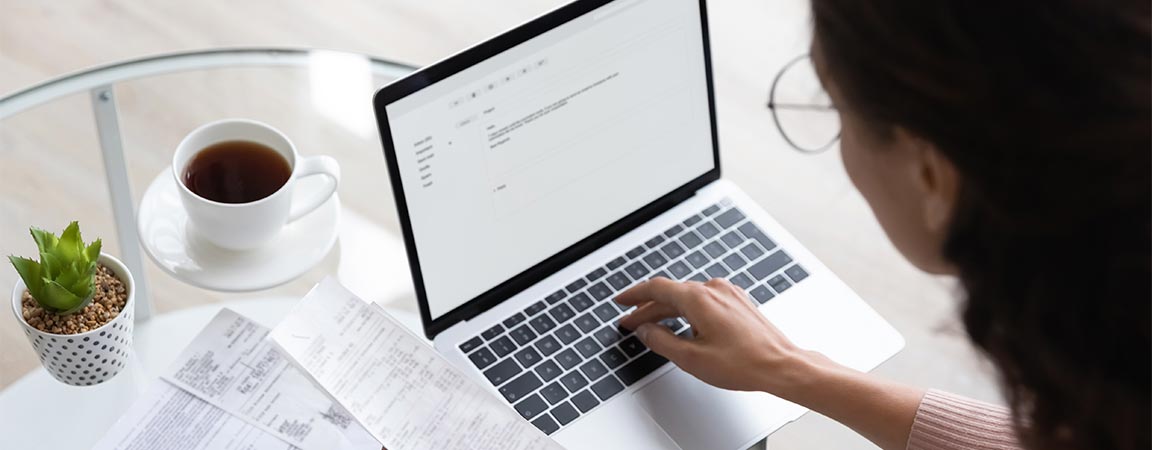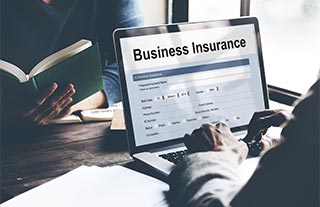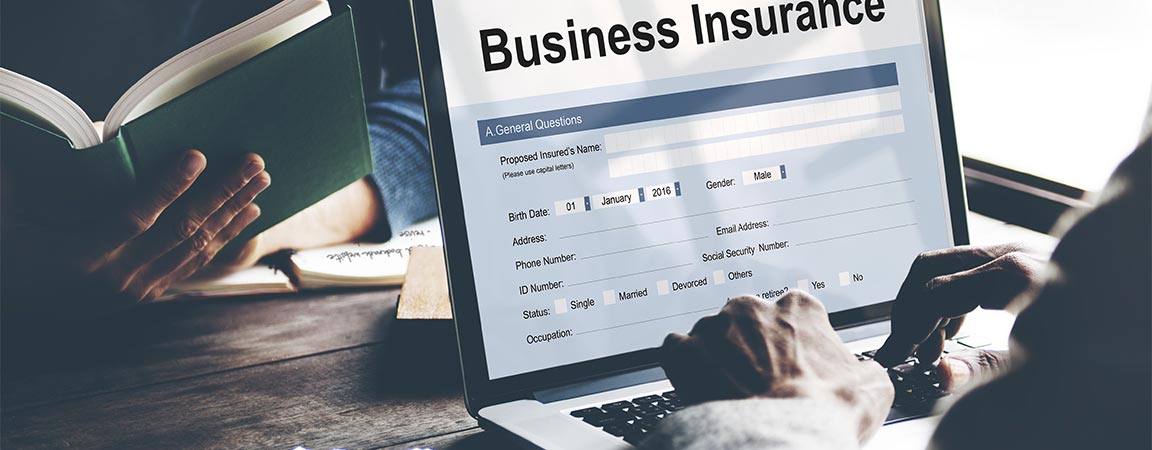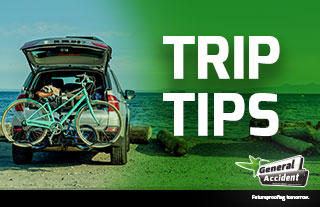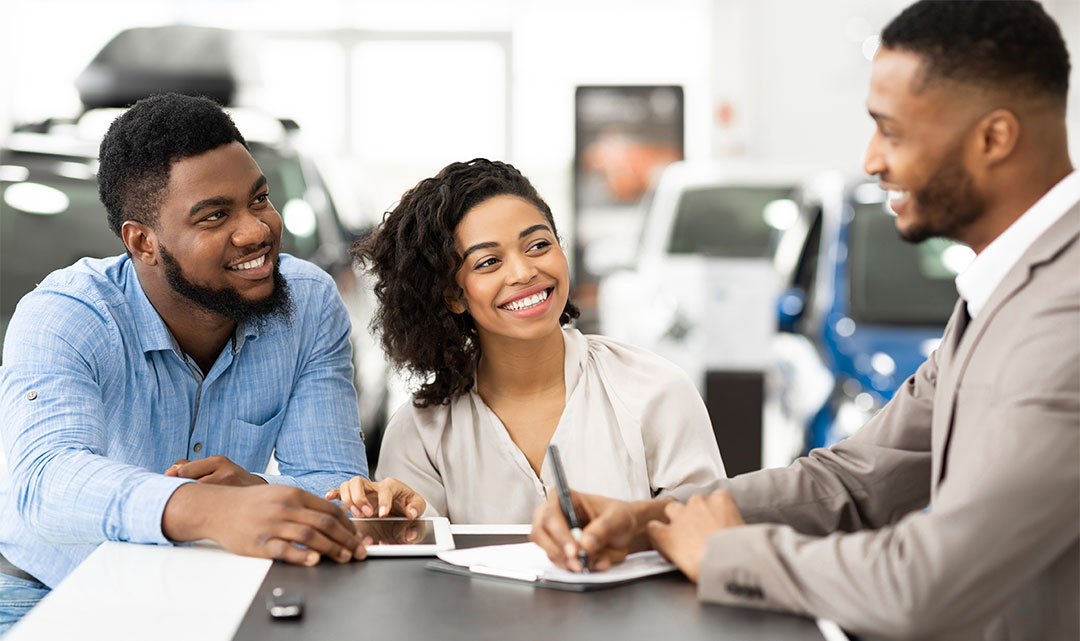
Comprehensive car insurance has amazing benefits but it’s not always everyone’s top choice. Comprehensive car insurance is recommended if you’re a first-time car owner or if you’re financing your new car with a loan from the bank. But what are the benefits? Here are seven benefits of purchasing comprehensive car insurance.
1. Flood and Special Perils
Worried about damage to your car during hurricane season? You’re not alone but don’t worry we’ve got you covered.
When you purchase comprehensive car insurance, you automatically get flood and special perils coverage.
That means you’re covered for damage caused by:
- Flood
- Hurricane
- Earthquake
- Other convulsions of nature
- Civil War
- Strike
- Riot
- Civil Commotion
2. Damaged Car Glass
Broken glass? You’re covered!
Comprehensive car insurance means you’re allowed to claim for a broken windscreen or window glass up to $3,000.00.
If needed, your windscreen limit can be increased at an additional cost.
Don’t worry, your existing No Claim Discount will not be affected by any windscreen damage claims made.
3. Medical Expenses
If you or an Authorized Driver gets hurt in an accident, comprehensive car insurance can help you with your medical expenses.
The amount that will be covered is up to a limit that is specified in your policy schedule.
4. Hospitalization Benefits
You or your spouse could get hospital benefits up to $15,000 in case of an accident.
Comprehensive car insurance includes hospitalization benefits in respect of the Insured and/or Spouse in connection with any bodily injury by violent accidental external means as the direct result of an accident to the Motor Vehicle.
5. Clothing & Personal Effects
Did you know that purchasing comprehensive car insurance can provide compensation for clothes and personal effects in the event of an accident?
In the event of an incident such as a collision, fire, or theft, coverage is provided for loss of or damage to clothing and personal effects* that were in the vehicle, up to a limit specified in your policy schedule.
However, please note that personal effects exclude money, jewelry, and articles including motor accessories as well as samples carried in connection with any trade or business.
6. Personal Accident
We hope you and your passengers are safe on your commute every day, however, accidents happen.
Comprehensive insurance provides coverage for you (the insured) and passengers of your vehicle for personal injury resulting in death or permanent injuries.
7. Legal Charges for Manslaughter
If you ever need to pay legal charges for manslaughter, your comprehensive policy provides a maximum of $10,000.00 to defend against charges.
Bonus Benefits
You can pay for extra benefits when you purchase a comprehensive car insurance plan.
For example, you can pay for Loss of Use. This entitles you to a maximum of $250.00 per day for no more than 10 days if your car is laid up due to an accident.
Another great benefit you can add on is Waiver of Excess. By purchasing this benefit, no excess will be payable if you or your spouse are involved in an accident. Excess refers to the money you pay before your vehicle is repaired following an accident.
It pays to have comprehensive car insurance. Reach out to us at General Accident Insurance to find out more about our comprehensive car insurance policy.
